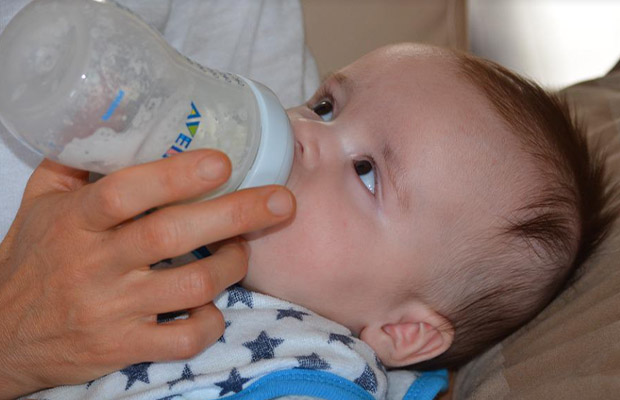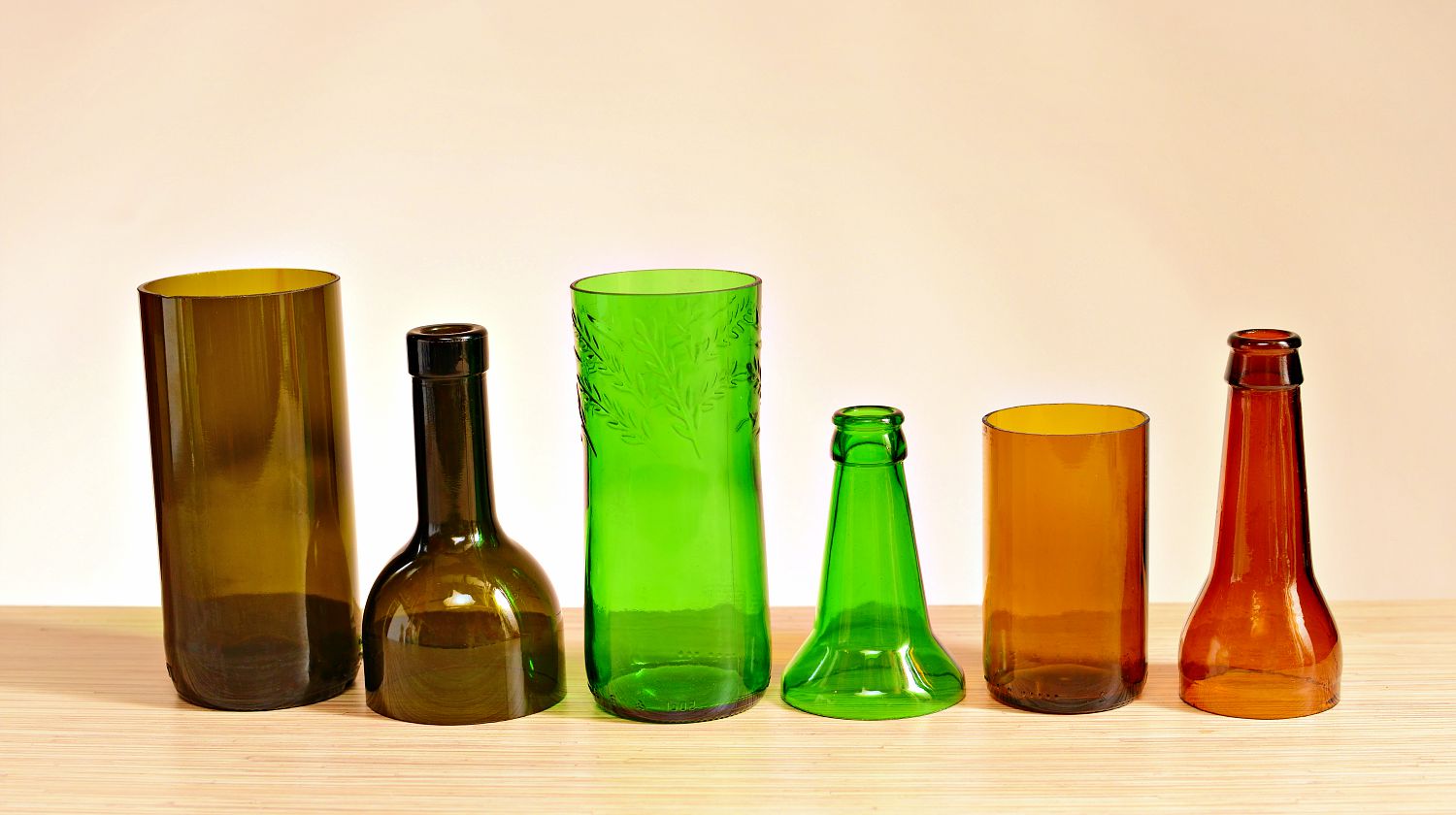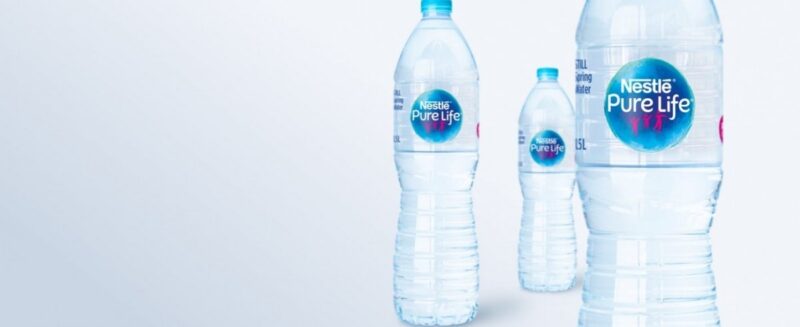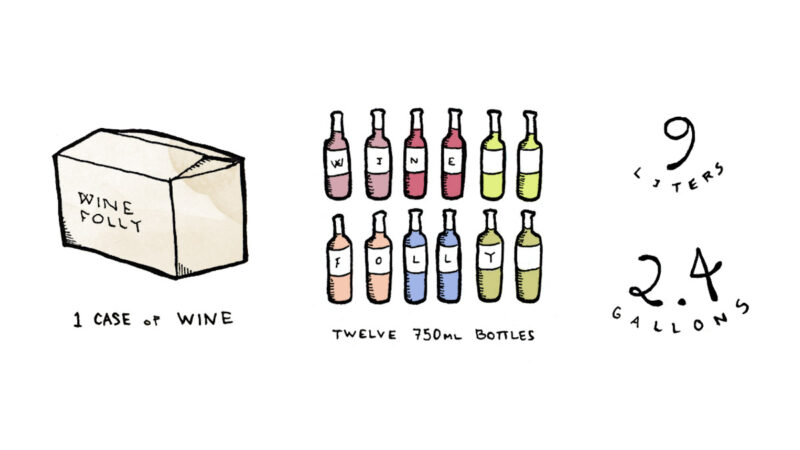It can be difficult to know when to change bottle nipple size. Your baby could end up choking, gagging, and swallowing too much air if the nipple flow is too rapid. If it moves too slowly, they will get frustrated trying to obtain enough milk.
To assist you in making this choice, we have reviewed the medical experts’ and lactation consultants’ recommendations.
Table of Contents
What is Nipple Flow Size & Why is It a Big Deal?
You can see that your baby suckers milk from the bottle through a series of tiny holes if you look closely at the nipple tip of the bottle.
The size of the nipple’s flow depends on the number of holes (or the shape of the holes) in it. Every baby is unique, so what works for one baby might not work for another, which is why there are many different nipple flow sizes and designs available on the market.
When to Switch Bottle Nipple Sizes?
Several elements, including whether or not your baby is breastfed or on formula, their age, and other readiness cues, will affect the nipple size you select for their bottles. The milk flow rate is governed by nibble size.
For a Formula-Fed Baby
An age-based nipple size flow chart is typically included on baby bottles. The manufacturer should have this manual available on their website if you no longer have it.
Older babies are designed for faster nipple flow sizes because they can handle the flow of milk better and eat more at each feeding. Most manufacturers follow this guideline:
- Slow flow: 0-3 months
- Medium flow: 3-6 months
- Fast flow: 6-12 months
However, because every baby is unique, age isn’t always the best indicator of nipple size. There are other signs besides age to indicate when your baby is ready to move up a size, such as:
- Sucking hard.
- Nipple flattening.
- Escalating their agitation (wriggling, kicking, shoving the bottle away, etc.).
- Smacking the bottle.
- Requiring a lengthy feeding period of at least 30 minutes.
- Less eating during feedings, but rapid re-hungering afterward.
Moving up a size is not necessary if your baby is not displaying any signs of frustration or taking a long time to finish their bottle. However, if your baby exhibits any of these symptoms, try the next size up. Try-and-error is the only way to learn.

The nipple flow is too fast and you will need to go back down a size if you decide to go up a size and your baby starts dribbling milk, gagging, coughing, or choking while feeding. In addition, if your baby experiences extreme discomfort soon after feedings, you may need to go back one size because the faster flow may be too much for their digestive system.
For a Breastfed Baby
Experts recommend using slow flow or “newborn” nipples when bottle feeding a breastfed baby. For a breastfed baby, you shouldn’t typically need to go up a nipple size.
Babies who are breastfed must work for their milk when they are at the breast, and breasts typically release milk much more slowly than a bottle nipple. If you give your breastfed child a nipple with a rapid flow, they might become lazy or even refuse the breast. In essence, the milk flow in the bottle should correspond to the flow of breast milk.
Additionally, it’s simple to unintentionally overfeed a breastfed baby when bottle feeding. By feeding their baby more upright, shifting positions halfway through feeds, and practicing paced bottle feeding, caregivers should make sure to mimic breastfeeding as closely as possible.
While the majority of breastfed infants shouldn’t ever need to switch to a larger nipple size, in some circumstances a faster flow nipple might be a better choice. For instance, if your breasts appear to flow quickly and your baby can nurse in five to ten minutes, they might become impatient with bottles that take 30 to 45 minutes to finish.
Examine your milk production and decide what is best for your baby. There’s no need to change anything if everything is going according to plan.
Other Considerations
If your baby appears to be unhappy with the size of their nipples at the moment but doesn’t seem to benefit from a nipple with a faster flow, there may be other factors to take into account. You might want to experiment with changing your bottles or nipples to ones with a different texture, length, venting system, or shape (such as an orthodontic or angled nipple).
It’s possible that the apparatus itself isn’t the issue. Your child might be teething, going through a distracted phase, experiencing a health problem, or they might not like how warm the milk is. Some babies may be bothered by a high lipase content in your breast milk.
Read More: How Often To Replace Baby’s Feeding Bottle?
How to Change Nipple Size
Start with the next size up when it’s time to switch to a new nipple flow. A significant transition, like going from slow to fast or from preemie to medium, can be overwhelming. Make sure to watch your baby’s new nipple flow to ensure that it is not too rapid. If you find that your baby is
- Gulping
- Struggling to swallow between sucks
- Losing milk out the sides of their mouth
- Coughing or sputtering
- Eating very quickly (less than 5-10 minutes)
Your baby might not be prepared for the change in nipple size if the new flow is too quick. Should this occur, you can always return to the original size. The transition between nipple flows may also benefit from a review of the paced feeding guidelines. To avoid becoming overwhelmed by a new nipple flow, feed your baby with the nipple parallel to the ground and encourage them to take brief breaks between sucks and swallows.
For the reasons previously mentioned, if you try a faster flow and your baby is still having trouble with bottle feedings, it might be helpful to see a lactation consultant or other infant feeding specialist. They can examine your baby’s feed to determine whether the difficulties were caused by flow or by another problem. In your feeding journey, their support can be extremely helpful, even if only for reassurance and reminders that you are following all the right procedures.
Read More: How Often Should I Sterilize Baby Bottles?
FAQs
When Do You Switch to Size 2 Nipples?
3-6 Months.
How Do I Know If My Baby Needs to Go Up a Nipple Size?
If your baby is ready to move up to a faster flow nipple, they may show these signs: Taking longer to finish eating. Getting fussy while eating and sucking quickly with few swallows (bottle nipple may collapse).
Final Thoughts: Keep the Size Right
Feedings will be quicker, simpler, and much more enjoyable for everyone if you know when to switch nipple flows. Depending on your baby’s age, whether they are breastfed or fed formula, and other readiness indicators, the ideal nipple size may vary.
The needs for feeding vary depending on the baby. Determine what will work best for you and your baby after evaluating your current circumstances. There’s no need to change if everything is going well with your current nipple size.
After reading this post, you should have a better idea of how to determine your baby’s ideal nipple flow.
Read Next: Can You Wash Baby Bottles In The Dishwasher?

















